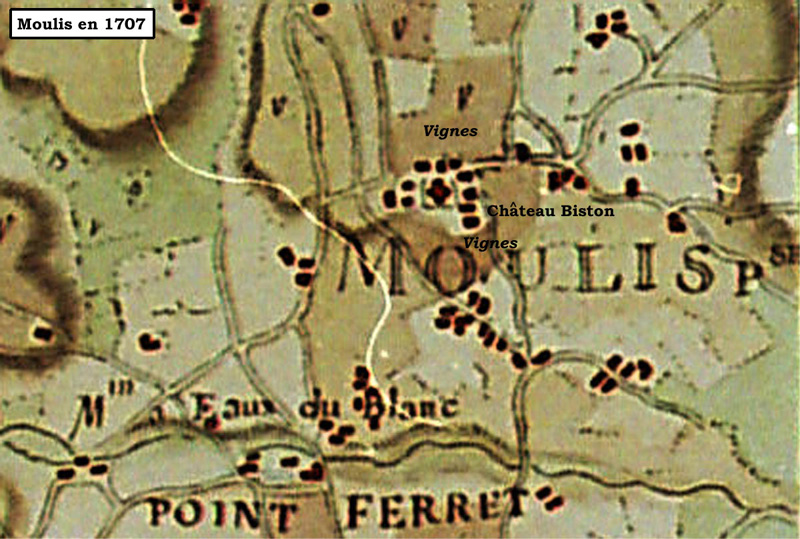Moulis, an original winemaking destiny
 While the legend of the great Médoc appellations grew during the Ancien Régime, and shone during the Second Empire, Moulis was something of a sleeping beauty. Winemaking came to life with the arrival of the railway and the development of road networks. During the 3rd Republic, Moulis wines constantly gained renown, even when Bordeaux wines in general declined in the period between the two World Wars. Despite these unfavourable circumstances, the constant quality of Moulis was rewarded, in a time of crisis, by the creation of the Moulis AOC Appellation. The “Mediaeval Molinis” then joined the closed circle of great winemaking communes in the Médoc.[learn_more caption=”More information”]
While the legend of the great Médoc appellations grew during the Ancien Régime, and shone during the Second Empire, Moulis was something of a sleeping beauty. Winemaking came to life with the arrival of the railway and the development of road networks. During the 3rd Republic, Moulis wines constantly gained renown, even when Bordeaux wines in general declined in the period between the two World Wars. Despite these unfavourable circumstances, the constant quality of Moulis was rewarded, in a time of crisis, by the creation of the Moulis AOC Appellation. The “Mediaeval Molinis” then joined the closed circle of great winemaking communes in the Médoc.[learn_more caption=”More information”]
Moulis, a fully-fledged communal appellation
At the beginning of the 18th century, with the “drinks fad”, new wine consumption habits made it possible to promote Médoc wines, and, consequently, to develop the Médoc vineyards. The mediaeval love of marshland wines gave way a dominant taste in Bordeaux wines, focused on wines grown in gravel, with good cellaring potential, great finesse and elegance. During that time, then called the “planting frenzy”, the Bordeaux aristocracy cleared land previously occupied by uncultivated moors. Moulis gained increasing importance during a period that took the vineyards of the great Médoc appellations to new heights. The Moulis vineyards remained on former winemaking locations, most often of mediaeval origin, such as Grand and Petit Poujeaux. At the end of the century, single-crop farming with vines was not yet the done thing, but the first Cru names were starting to emerge from among the more run-of-the-mill parish wines. These first historic growths made their mark in the history of a still discreet, yet very promising vineyard. When the Grands Crus were classified in 1855, Moulis again seems to have been forgotten, kept away from the club of leading winemaking communes. In 1855, no main road led directly to Moulis and the railway had not yet reached the little town. On June 30, 1870, the Moulis-Listrac railway station was inaugurated. The Moulis Warehouse Company built large cellars, with a capacity of 2,000 tuns and 250,000 bottles. By 1876, vineyards had replaced most of the grain crops in Moulis, with 1,120 hectares versus only 100 for tillable land. During the great depression, the Moulis AOC was created in the 1930s under the aegis of the winemakers’ union. Moulis then asserted itself among the prestigious communal appellations of the Médoc, alongside Margaux, Pauillac, St. Julien, St. Estèphe and Listrac.
After the war, there was a rebirth of Médoc vineyards. In the INAO classification of 1961, that was not applied subsequently, some of the growths joined the Grands Crus Classés. At the time, many of the great growths of Margaux and other appellations had collapsed during the great depression or had suffered from the 1956 frosts. Thanks to its early rebirth and to the determination of its winemakers, the Moulis AOC today offers a broad range of wines, characterising the diversity of its terroirs.
[/learn_more]

